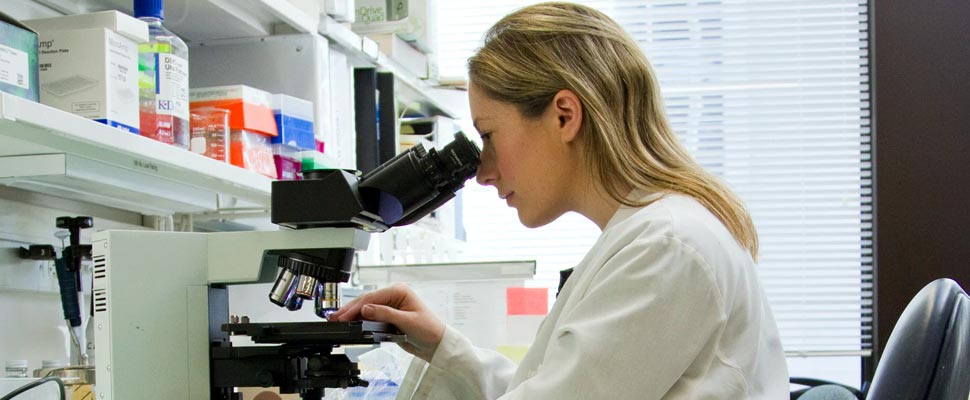5 Great Medical Advances Overshadowed By COVID-19
These Are Five Medical Advances That Were Overshadowed By the Pandemic.

Various advances in health have been overshadowed by the current health contingency. Photo: Unsplash
LatinAmerican Post | Brandon Martínez Salazar
Listen to this article
Leer en español: 5 Grandes avances médicos opacados por la COVID-19
Since the COVID-19 pandemic began, the world has witnessed new topics of study surrounding the current disease. However, various advances in health have been overshadowed by the current health contingency, which has already affected almost two hundred million people and has left nearly four million dead.
Here are five important medical advances that you may not know about:
New drug to treat Alzheimer's
This new drug is known as aducanumab but is commercially called Aduhelm. It was approved on June 7 by the United States Food and Drug Administration (FDA) and serves to combat the disease in the early stages, delaying the progression of Alzheimer's in the human brain.
It is the first drug for this pathology to be approved in 20 years. However, this decision has become controversial as some experts assure that the clinical trials carried out with the drug were not conclusive and, therefore, there are doubts about its true efficacy.
Also read: How long can natural immunity to COVID-19 last?
HIV vaccine
For decades, science has tried to find the first vaccine to combat HIV and although it has already gone through various processes in this regard, the pharmaceutical company Janssen is preparing to deliver to the world the first antidote against this sexually transmitted virus.
After a decade, the clinical trials of “Mosaico” (name of the vaccine) finally enter phase three, which will define whether it is effective for this disease. It works with a technology known as adenovirus that consists of modifying the original virus to carry its essential proteins and causing the immune system to produce the necessary antibodies.
New hope against cancer
It is called Teragnosis, it is a combination of therapy and diagnosis that seeks to anticipate cancer and also fight it in a timely manner. This strategy aims to diagnose the disease and treat it using the same molecule to avoid fatal endings.
“The technique consists of using a molecule with high affinity for PSMA, which is a protein that is usually found in large quantities in prostate cancer cells. To make the diagnosis, this PSMA-related molecule binds to a radioactive chemical element, gallium-68, which glows on a positron emission tomography (PET) scan. For treatment, the same molecule binds to another chemical element, lutetium-177, which emits local radiation that kills cancer cells. It's like first shooting an arrow with a light bulb and then another arrow with a small explosive charge, ” explains Michael Morris, a physician at Memorial Sloan Kettering Cancer Center in New York.
Although this method has previously been used in thyroid cancer, today it is showing promising results for other types of tumors.
Artificial organs close to being a reality
NASA in its ambitious project to send humans into space has also started its challenge for tissue regeneration and organ transplants in a contest with promising results.
Two teams of scientists from the Wake Forest Institute for Regenerative Medicine (WFIRM) in Winston-Salem, North Carolina participated in the competition for innovations in tissue engineering.
The two teams made fantastic strides in the study of artificial organs, creating human liver tissue grown in laboratories. The result was important as the tissues proved to be strong enough to function just as what people have naturally. Although both teams have different goals, the truth is that they used the three-dimensional printing technique for their development.
CRISPR, the gene-editing treatment
This is a technique that edits the human genome, also known as "CRISPR genetic scissors". Although it has been known since 2012 as a revolutionary technique for the future of health in humanity, it has currently made great advances and promises to be the solution to any disease, mutation or error in DNA.
In 2020, the tool was used with great success for the first time to treat two inherited blood disorders: beta-thalassemia (a disease that affects the body's ability to create red blood cells) and sickle cell anemia (which makes red blood cells deformed and interferes with circulation). Last year's Nobel Prize in Chemistry was won by researchers Emmanuelle Charpentier and Jennifer A. Doudna for creating this method.




